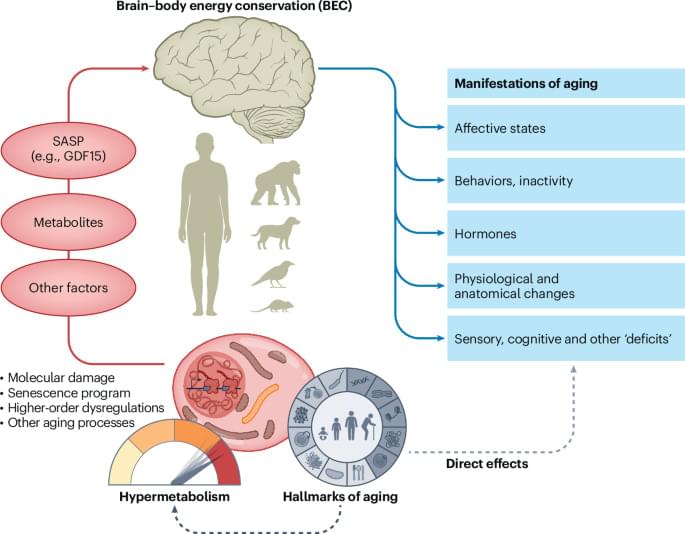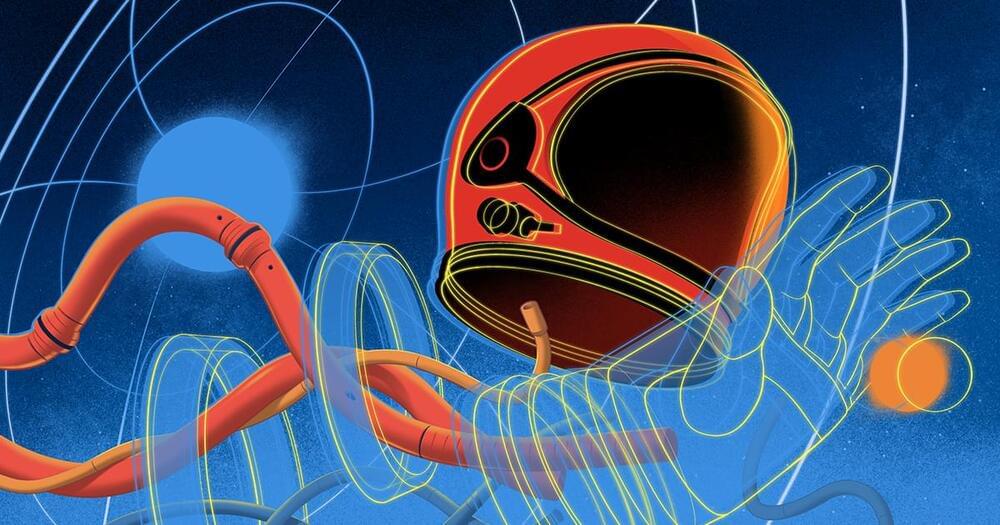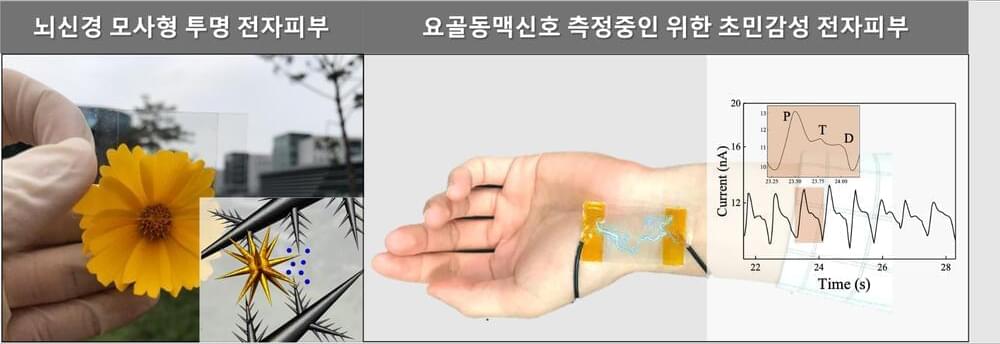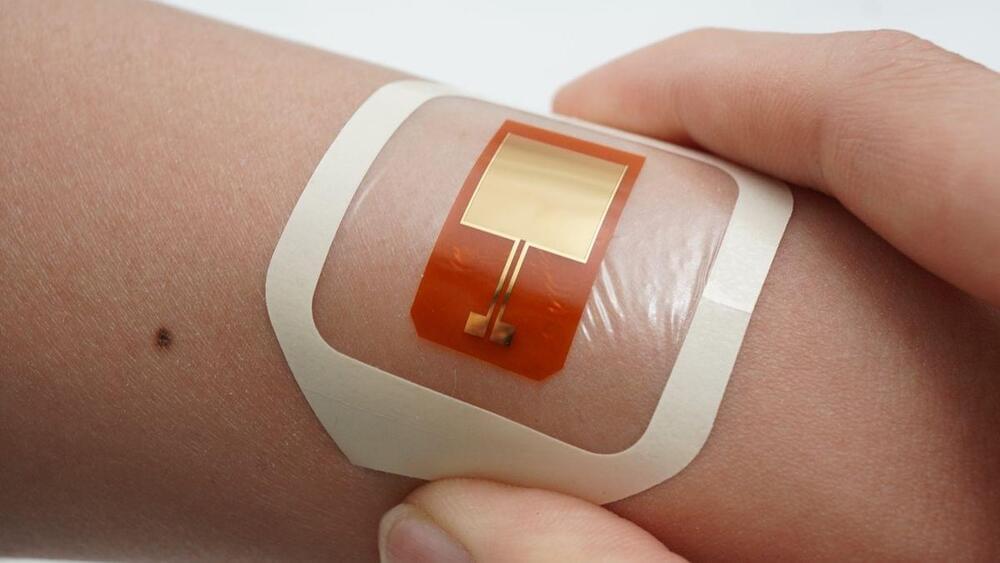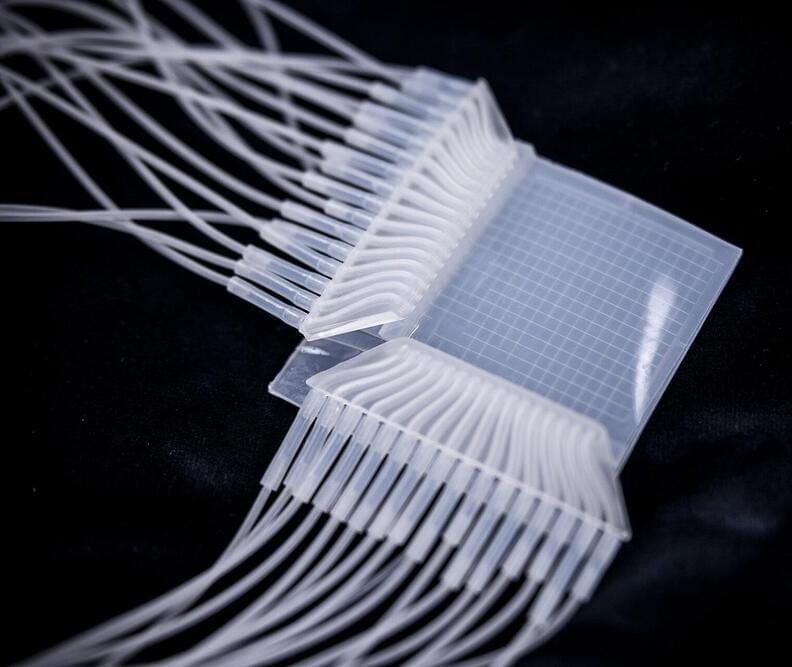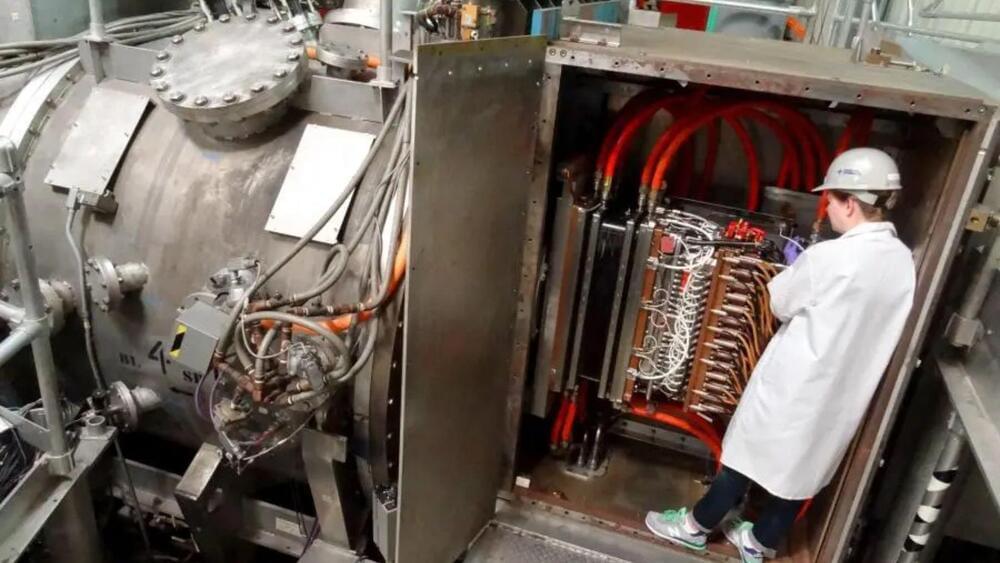Aging senescent cells do not become hypometabolic.
Instead they become HYPERmetabolic, burning energy faster than their younger selves.
This likely steals energy for other useful cellular functions, possibly accounting for their aberrant behaviors.
As we…
The authors offer a new energy-focused perspective on aging by introducing a brain–body model that positions the brain’s response to cytokine signals of hypermetabolism as a mechanistic link between the cellular hallmarks and organismal manifestations of aging.
